Stocks and oil prices tumbled Monday as investors assessed the impact of new Covid-19 outbreaks in China and awaited a likely interest-rate increase by the Federal Reserve later this week.
The technology-focused Nasdaq Composite dropped 262.59 points, or 2%, to 12581.22, its lowest level since December 2020, as China locked down the key manufacturing regions of Shenzhen and Changchun due to a fresh outbreak of Covid-19 cases in those cities.
The S&P 500, which has fallen for four of the past five weeks, declined 31.20 points, or 0.7%, to 4173.11. The Dow Jones Industrial Average edged up 1.05 points to 32945.24, snapping a two-session losing streak.
Shares of Apple fell 2.7% as the lockdown in China disrupted manufacturing by a key supplier. Other technology bellwethers also struggled. Amazon.com fell 2.5%; Alphabet,
parent of Google, dropped 3%.
Investors have been spooked lately by the war in Ukraine and a rally in commodities prices sparked by the conflict, on top of the prospect of rising rates. They have pushed into perceived havens such as gold and bonds while selling stocks.
The Covid-19 outbreak in China could renew concerns about potential supply-chain snafus and the ensuing impact on the US economy. Shortages of everything from computer chips to chocolate have hampered growth for months as the Omicron variant scrambled business plans and raised costs for big and small businesses.
“The China shutdown and potential supply chain issues, people are scared of that,” said Joe Saluzzi, co-head of equity trading at Themis Trading. “Just as you thought you were getting relief in the supply chain, we might get another hit.”
The potential economic toll could tamper with expectations for interest-rate increases by the Fed later this year, he said. Investors are turning their attention toward the Fed’s monetary-policy meeting, which wraps up Wednesday. The central bank is expected to raise its benchmark rate for the first time since 2018 as officials look to control inflation. It is navigating an unusually complicated environment of a tight labor market, supply disruptions and lately, the war in Ukraine.
Bank of America economists said they expect the Fed to remain aggressive this year and next amid mounting fears of inflation. US central bankers, led by Fed Chairman Jerome Powell, are likely to boost rates five times this year and four times in 2023, BofA economists said in a Monday note. “[W]e expect a hawkish message from Chair Powell, who will likely reiterate that the Fed needs to get serious about price stability,” BofA said.
Uncertainty about the war in Ukraine and its impact on the global economy and commodities prices has thrown a wrench in interest-rate forecasts. Mr. Powell said at a March 2 House Financial Services hearing that the Fed “will proceed, but we will proceed carefully, as we learn more about the implications of the Ukraine war for the economy.”
Bill Strazzullo, chief market strategist at Bell Curve Trading, said he would be closely watching the Fed’s statement on Wednesday for any indication that the war is tempering future plans for rate increases.
“The big story was how many times was the Fed going to tighten,” he said. “Now you’ve got this major exogenous shock. You’ve got to factor in a slowdown in global GDP.”
Near-term inflation expectations among US households shot up to record levels in February, according to a Monday report by the Federal Reserve Bank of New York. Respondents to the bank’s money survey saw inflation hitting 6% a year from now, up from 5.8% in January, matching record expectations from the poll in November.
China’s Shanghai Composite Index dropped 2.6% after the lockdown to contain the coronavirus. In Europe, the Stoxx Europe 600 rose 1.2%, led by shares of auto makers and banks.
The lockdown could knock oil demand. Futures for Brent crude, the international benchmark, fell 5.1% to $106.90 a barrel.
“The lockdown in Shenzhen and possible lockdown to come in Shanghai have chilled trader enthusiasm,” said Tom Kloza, global head of energy analysis for OPIS, which is owned by Dow Jones & Co., as is The Wall Street Journal.
A week ago, Brent prices hit $139 a barrel, the highest level since 2008, as the war in Ukraine disrupted global commodity markets. That has driven gasoline prices to records, sparking concerns that pinched consumers could slow spending heading into the spring and summer driving seasons.
The yield on 10-year Treasury notes rose to 2.139% Monday from 2.004% Friday, their highest level since June 2019. Yields move in the opposite direction as bond prices.
The benchmark S&P 500 index has fallen for four of the past five weeks.
Photo:
Spencer Platt/Getty Images
Elsewhere in commodities markets, nickel trading remained suspended on the London Metal Exchange, which stopped the market last week to contain a huge run-up in prices.
Despite hopes for the negotiations, the conflict is intensifying and there are increasing concerns among officials and investors that the war could spill out of Ukraine. A Russian airstrike on a Ukrainian military training center close to the Polish border killed 35 people Sunday. Russia has asked China for military equipment and other assistance for its war effort, according to US officials.
Vitaliy Katsenelson, chief executive of Investment Management Associates in Colorado, said his firm has been buying defense stocks such as General Dynamics as countries including Germany signal plans to boost spending on weapons. “Those will see a huge influx of revenues over the next decade,” he said.
Commodity prices are hot right now. But the prices investors are paying in the open market for commodities like coffee, copper or corn can have little to do with the price customers pay at the store. WSJ’s Dion Rabouin explains. Artwork: Adele Morgan
Write to Joe Wallace at joe.wallace@wsj.com
Copyright ©2022 Dow Jones & Company, Inc. All Rights Reserved. 87990cbe856818d5eddac44c7b1cdeb8
.






































































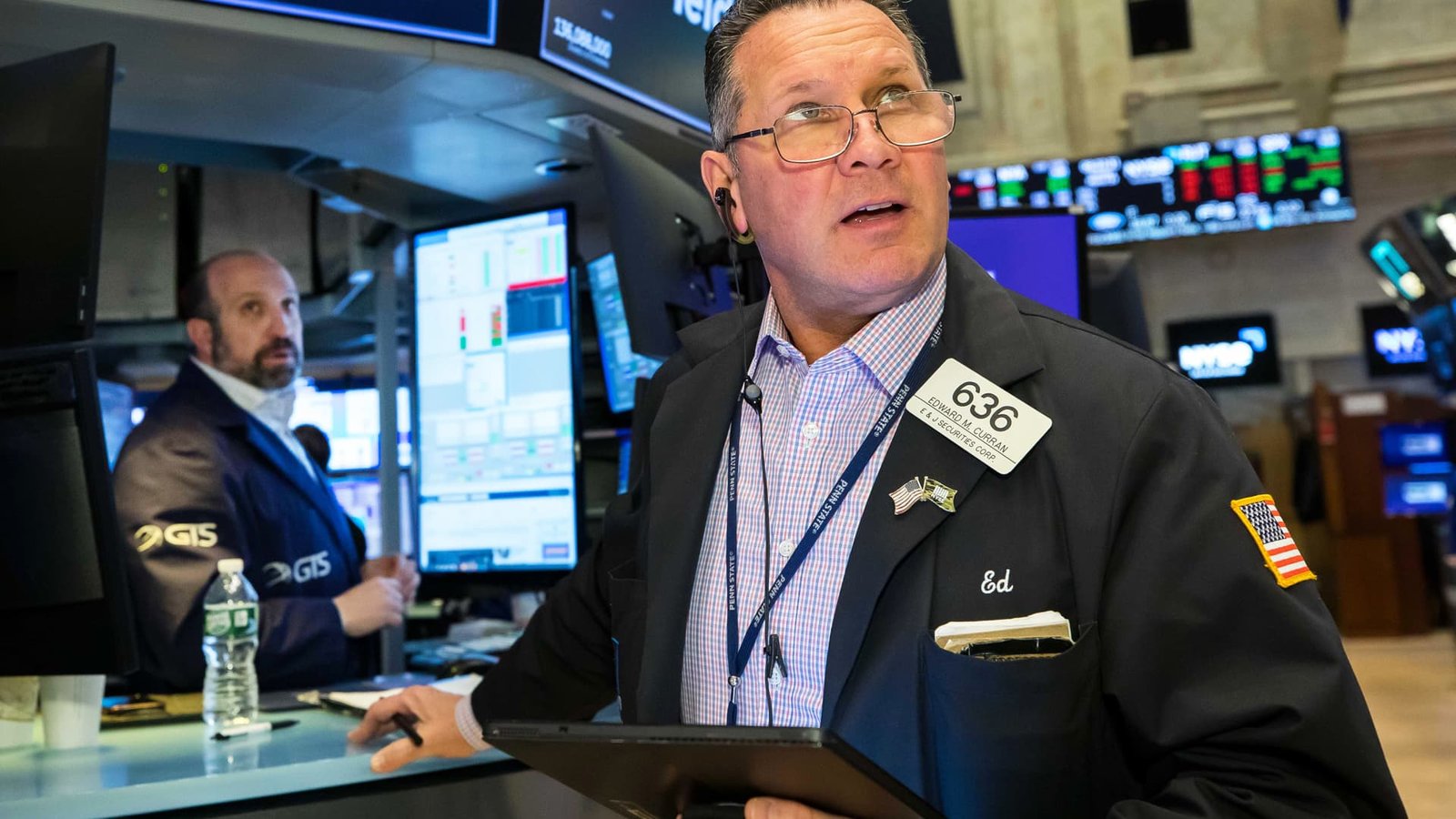












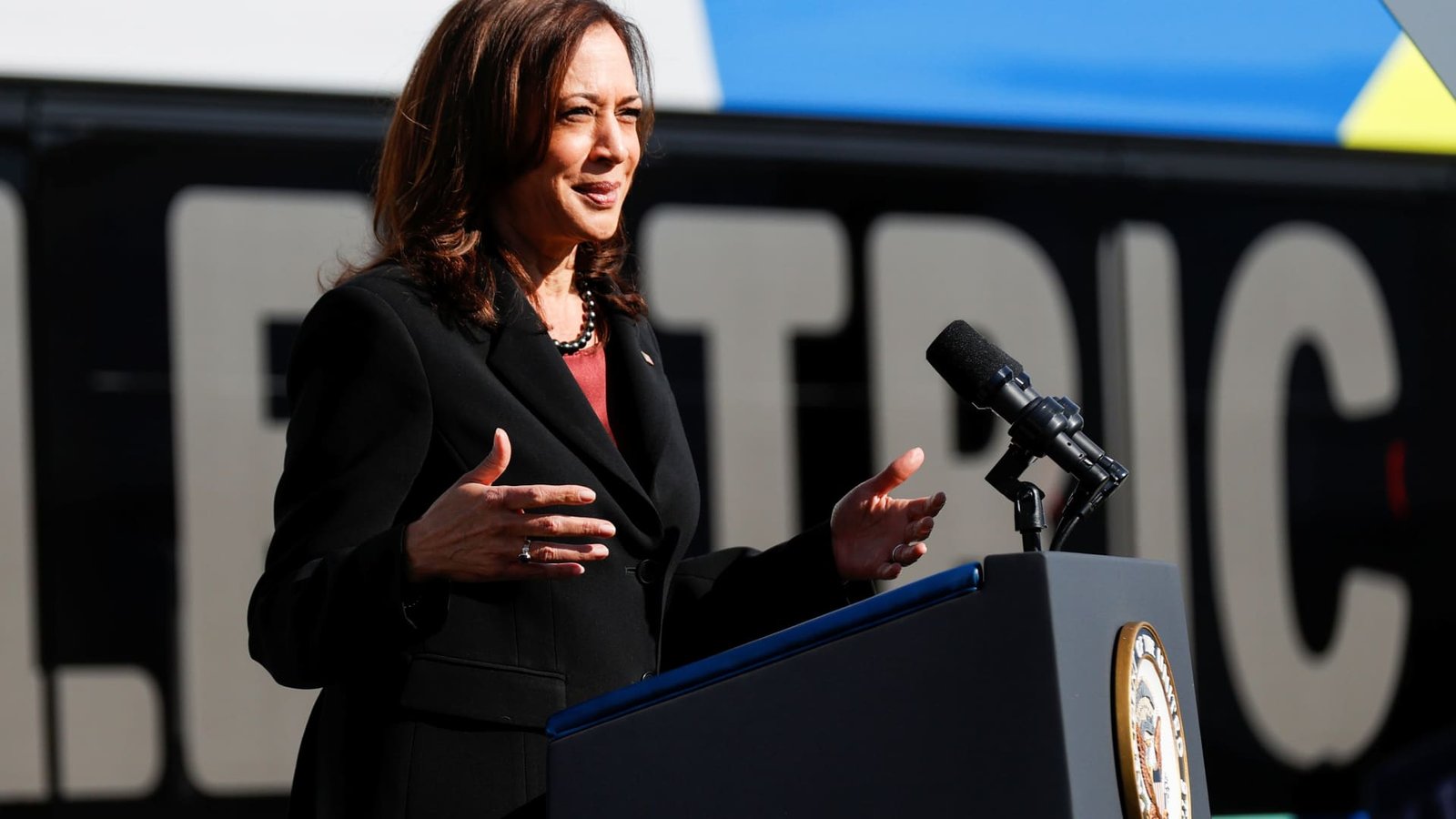



































































































































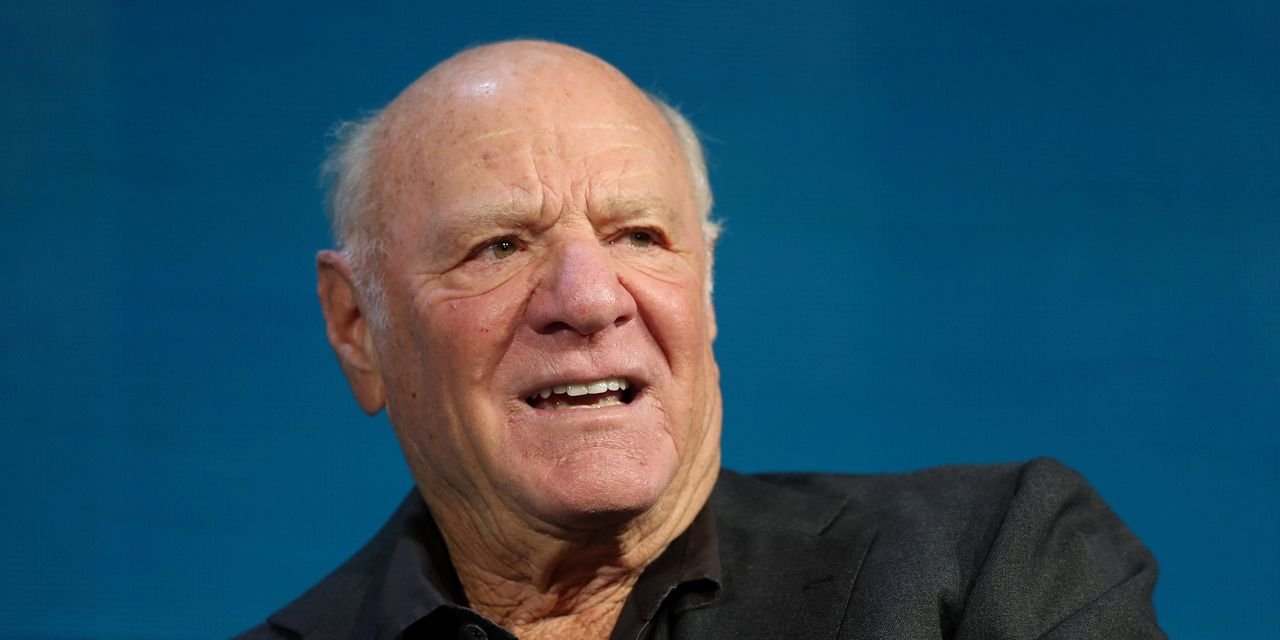

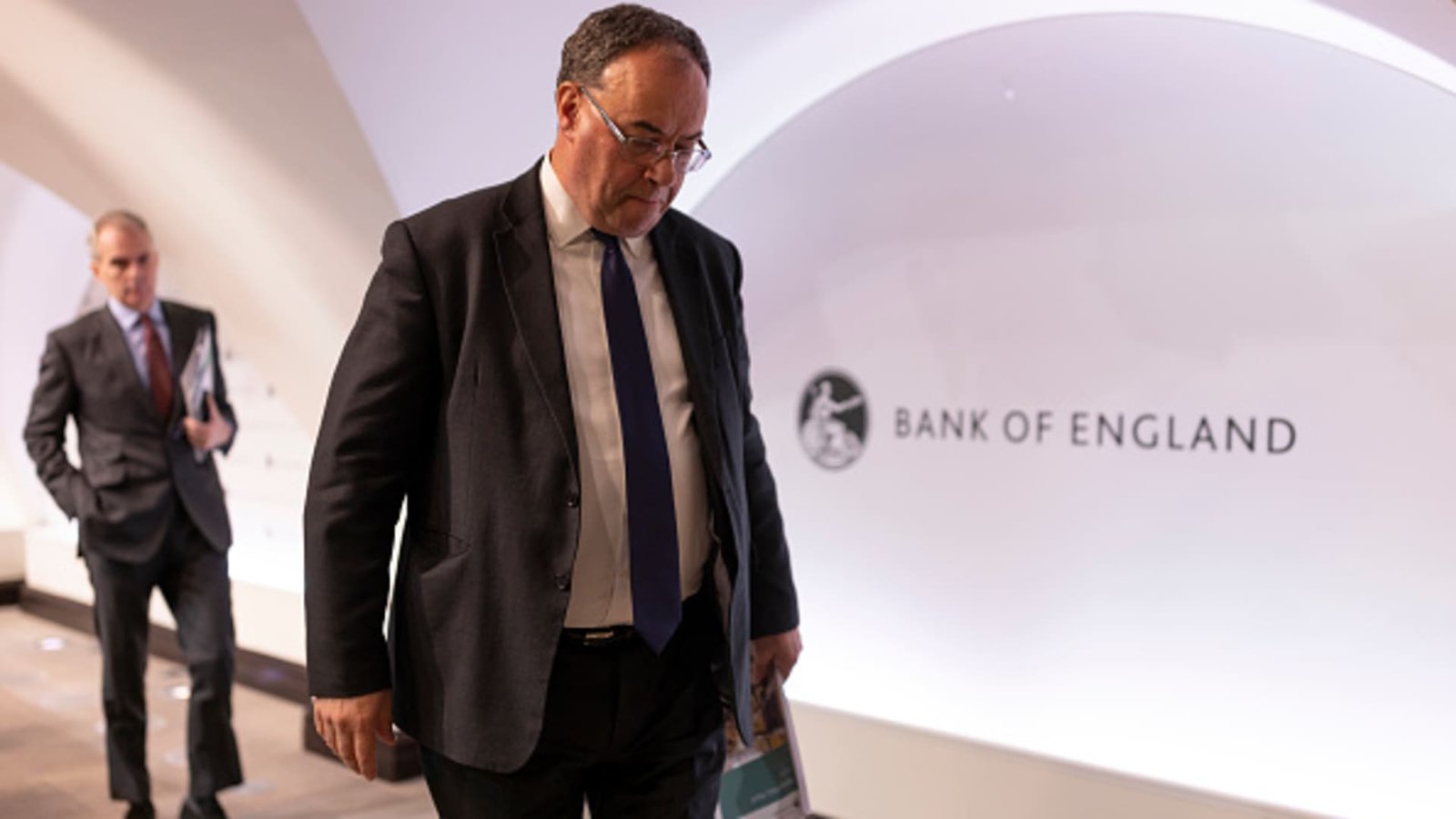


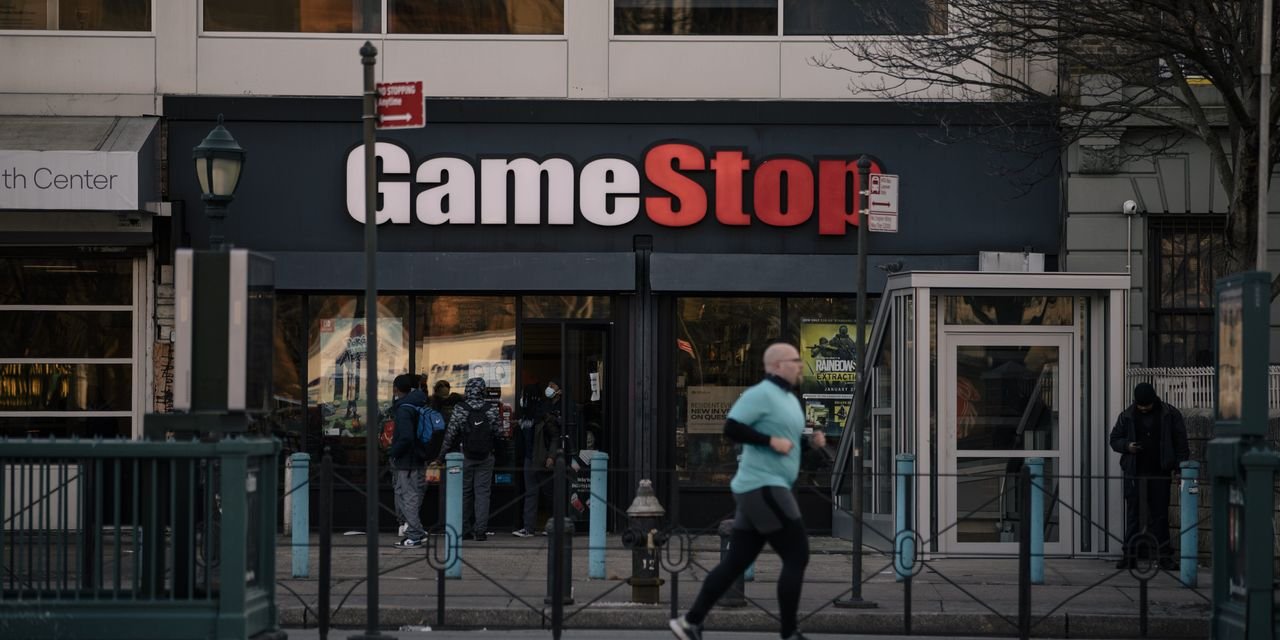














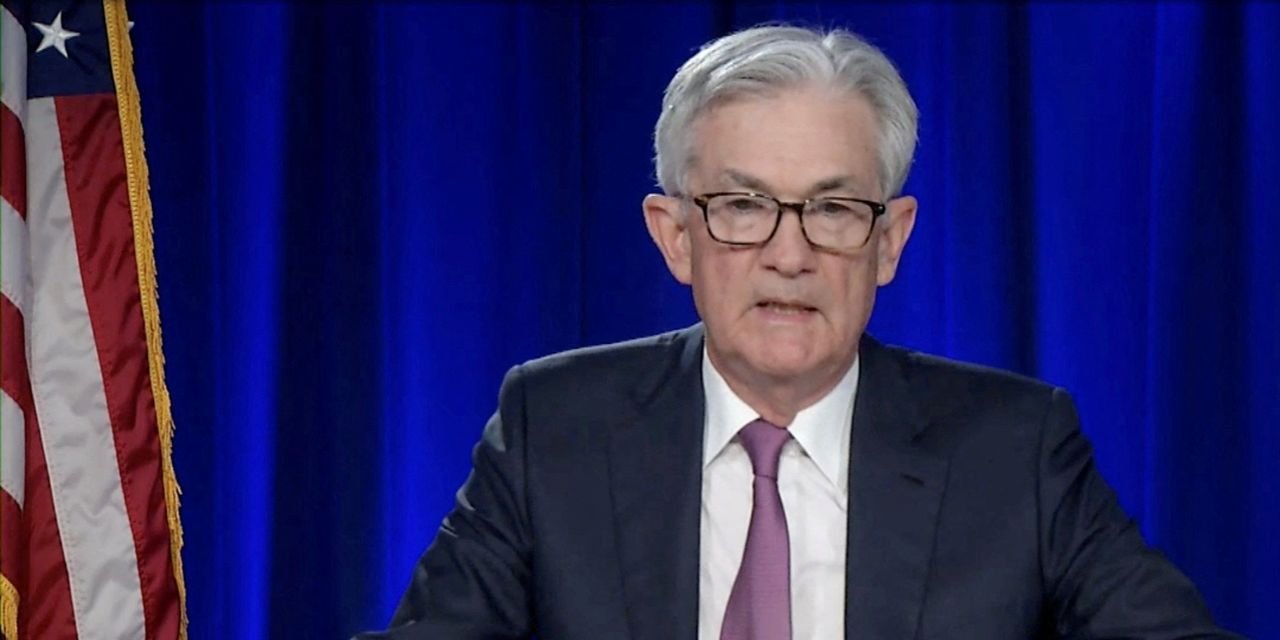

















































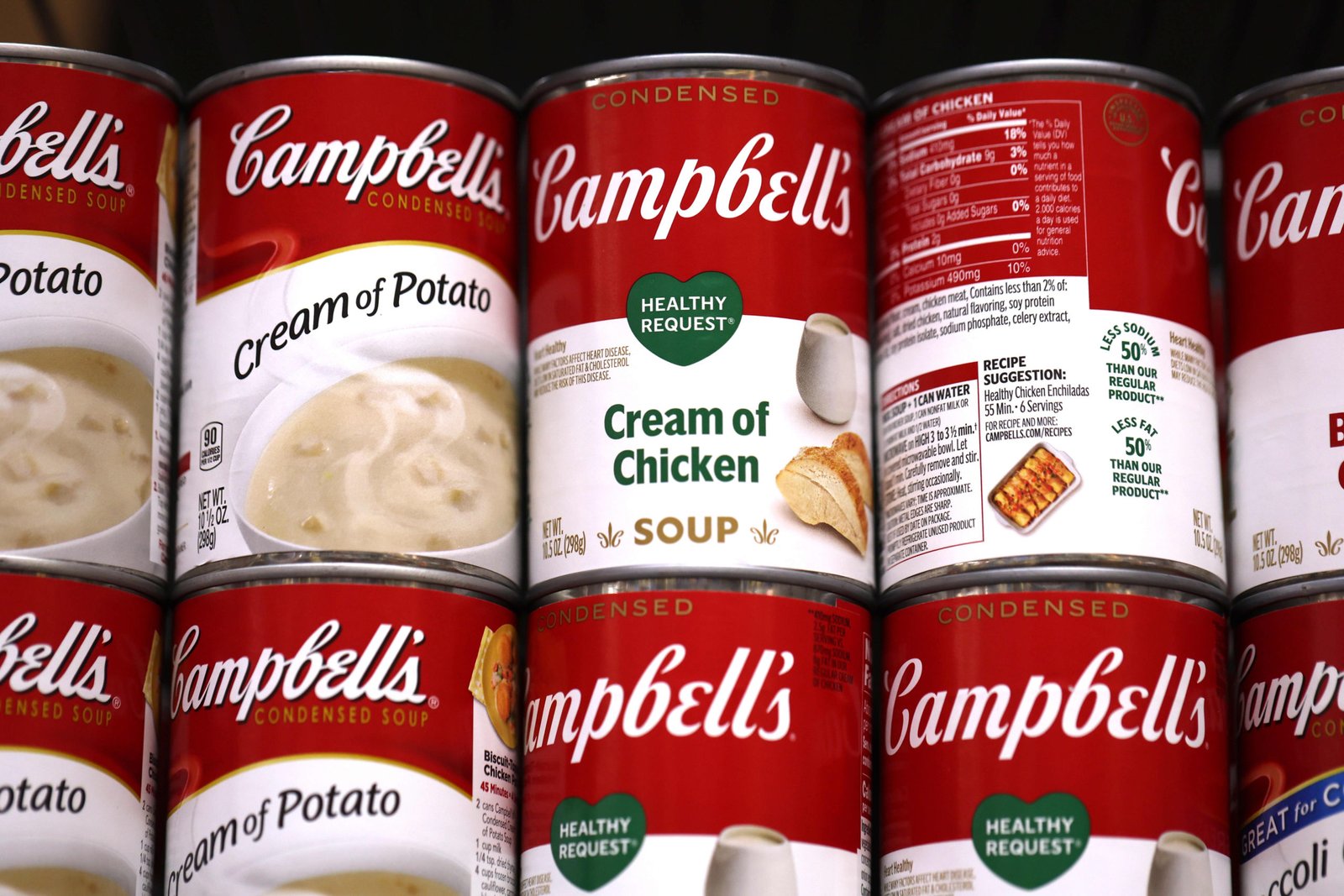



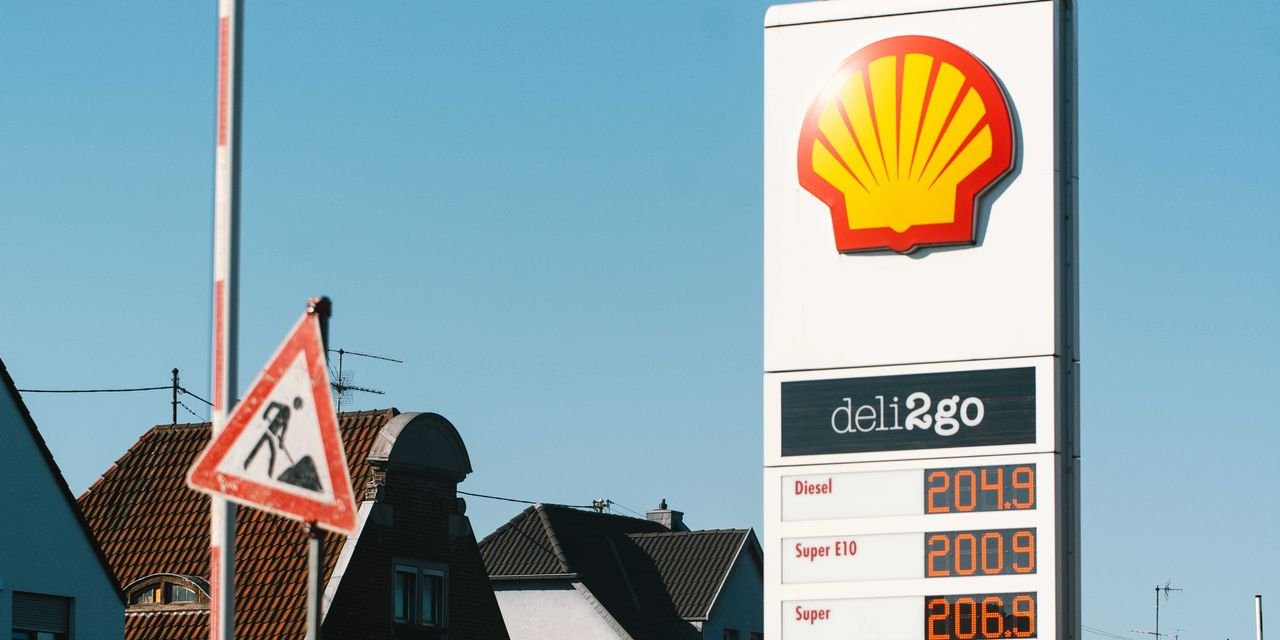



0